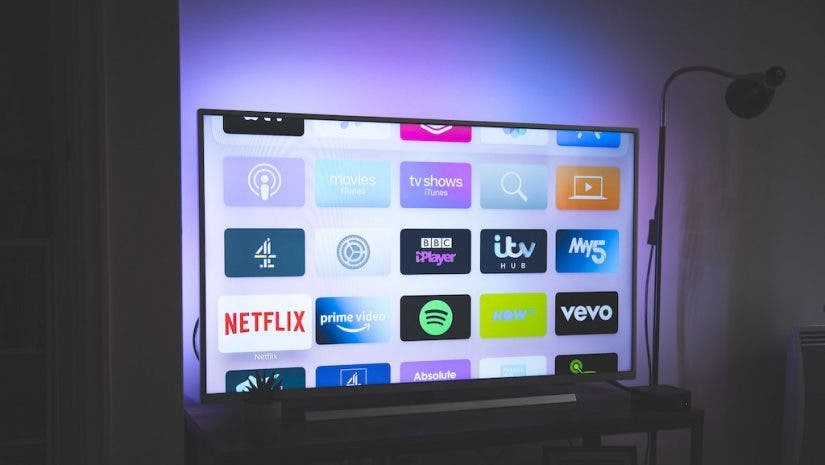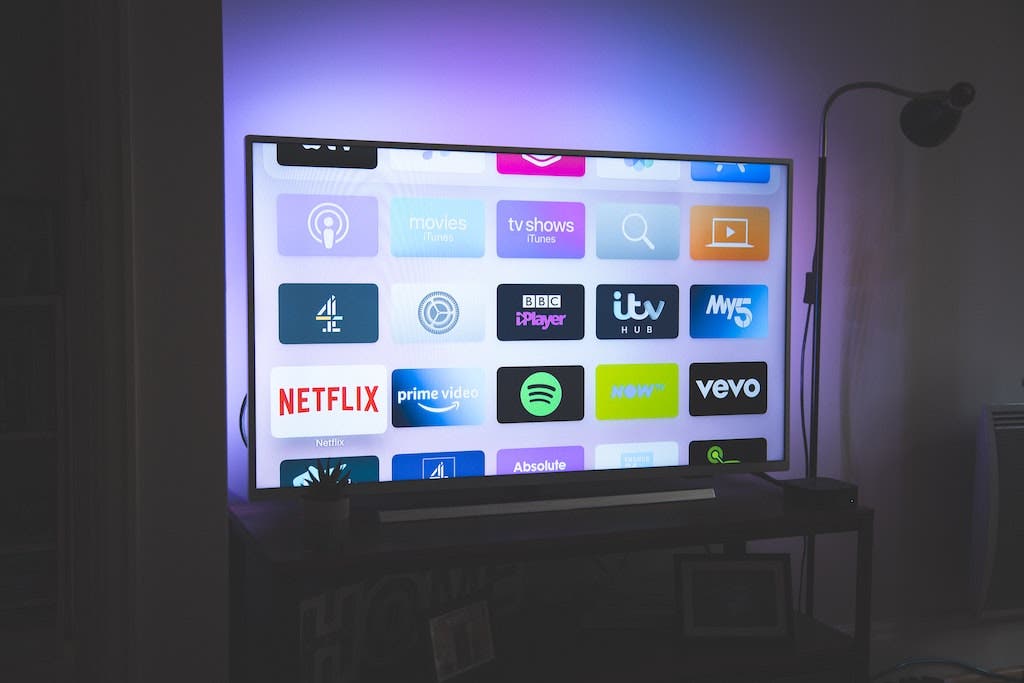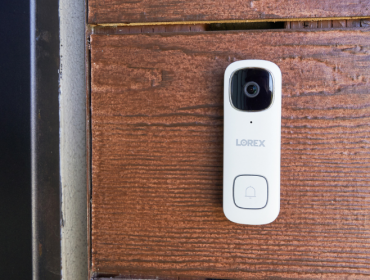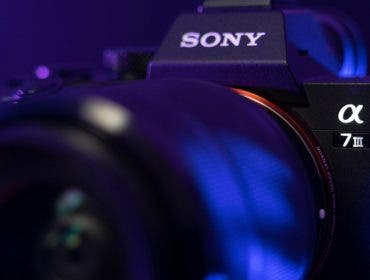One of the biggest buzzwords in the TV world right now is HDR, or high dynamic range. Done right, it has the potential to greatly improve the image quality of a TV. Done incorrectly, it won’t look any different than a standard dynamic range (SDR) TV. But what does it do exactly? In short, it provides brighter highlights and better colors, but that’s not the whole story. Here’s everything you need to know.
What Is HDR?
To understand high dynamic range, we need to talk about dynamic range in general. Dynamic range — as far as TVs are concerned — is how dark or light of an image a TV can produce. It’s essentially the difference between shadows and highlights.
A TV with a large dynamic range will have a high peak white “brightness,” but it will also produce deep blacks for vivid nighttime scenes. This is also called the contrast ratio, though that term is no longer used when it comes to TVs.
HDR displays and TVs have a greater dynamic range, which looks more lifelike compared to a TV with a lower dynamic range. By contrast, those TVs may look washed out or flat.
More vivid colors
Another feature, called Wide Color Gamut (WCG), typically comes along for the ride as part of the experience. This allows a TV to produce a wider range of more real-life colors.
The other — and equal — half of HDR is the content itself. An HDR TV needs special content to fully take advantage of the increased dynamic range and wider colors of its capability. Fortunately, most new 4K Ultra HD movies and TV shows will be in HDR. You can find compatible content everywhere from Netflix to Amazon Prime to 4K Blu-ray discs.
There are two main formats: Dolby Vision and HDR10. Every device that’s HDR can play HDR10 content as it is an open standard. Some TVs can also play Dolby Vision HDR content. In theory, Dolby Vision will look a little better than non-Dolby content, but you’ll likely only notice the difference on high-end TVs. You may start to see another format pop up called HLG, or Hybrid Log Gamma, as 4K broadcasting rolls out.
Who needs HDR?
If you’re just looking for an inexpensive new TV, don’t worry too much about it. While many lower-priced models claim to be HDR-compatible, none have the peak brightness or WCG to take advantage of the format.
If you’re looking for a mid to high-end LCD or OLED 4K TV and you want something with the ultimate in picture quality, all the best TVs in these price ranges are capable of the bright highlights and vibrant colors of HDR. Of course, some models look better than others. Just because a TV has HDR, that doesn’t mean it looks the same as every other TV with HDR. All cars have tires, but that doesn’t make them all Ferraris.
What gear you need
As mentioned, you’ll need an HDR TV to enjoy the content. Fortunately, most new models are compatible. You’ll also need a source with the same capabilities. Most TVs will have built-in apps that you can use, although not every TV has every streaming service.
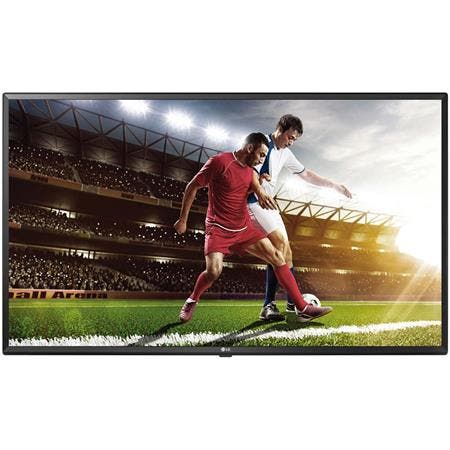
LG UT640S 43″ Class HDR 4K Ultra HD
()
Alternatively, you can buy a streaming device like a Roku, Amazon Fire TV, or Chromecast. Newer versions of these devices let you stream HDR video. You can also look into a 4K Ultra HD Blu-ray player, as most 4K Blu-rays have it.
If you use an external source — like a streaming stick or 4K Blu-ray player — you may need a new HDMI cable to connect it. Most HDMI cables can handle 4K HDR but if you’re having problems getting your TV to display from your new source, a new cable could help.
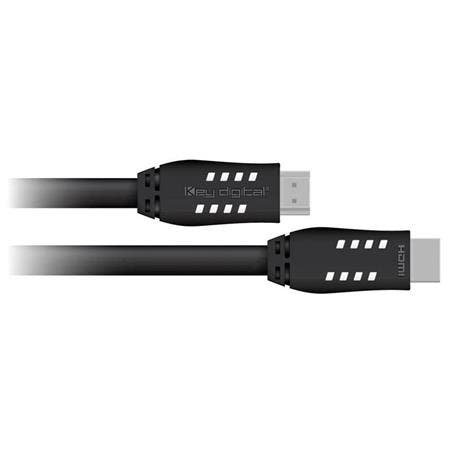
Key Digital 20′ 4K/18G HDMI Cable with HDR10, HDCP 2.2
()
In most cases, you’ll need to bump up your streaming plan to access HDR. For instance, only Netflix’s Premium plan has 4K HDR. And if you watch movies on Vudu, you’ll need to buy or rent the UHD version of a film to get 4K UHD and HDR.
Learn More: Roku vs. Fire TV Stick: Which Streaming Device Is Best?
